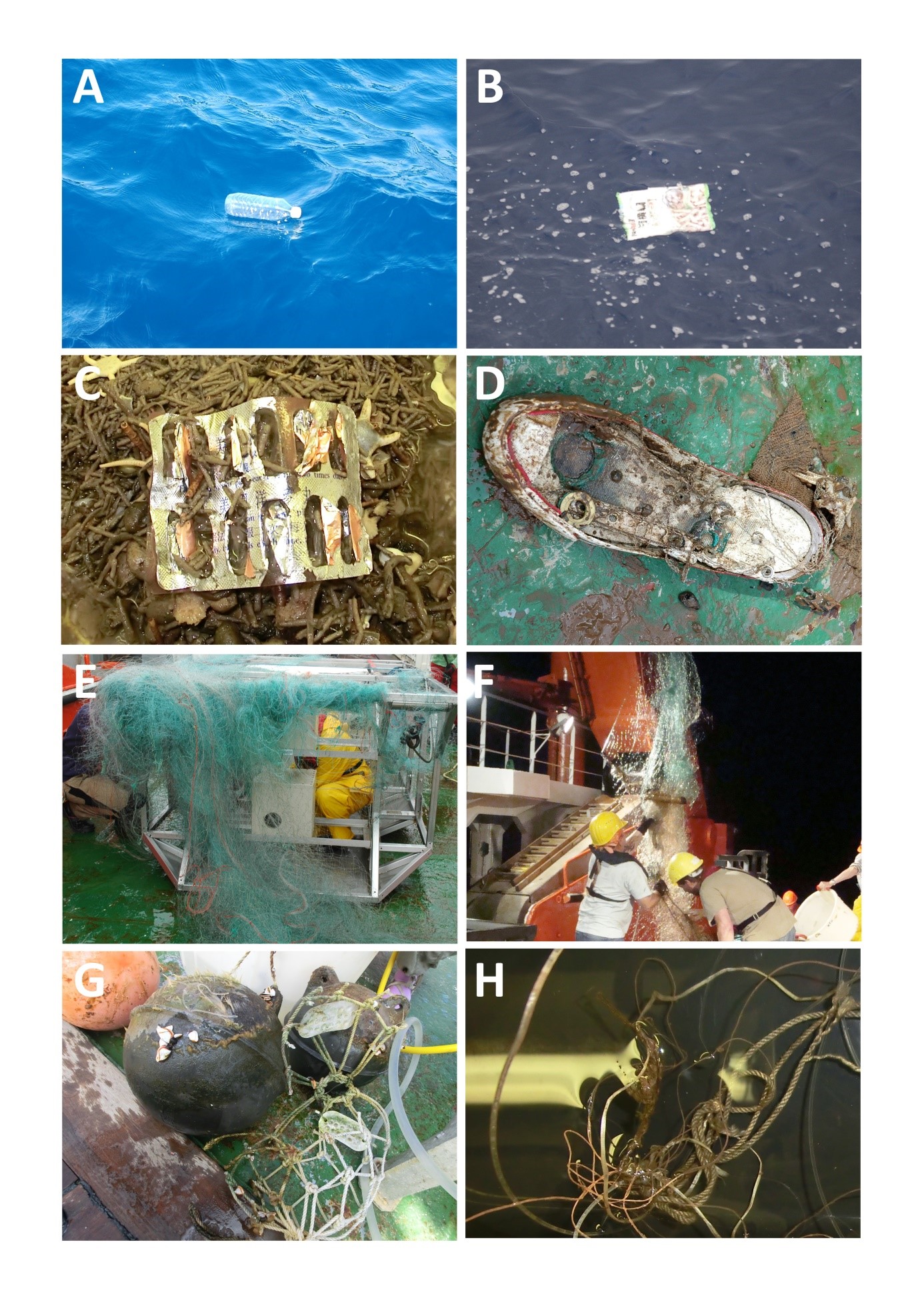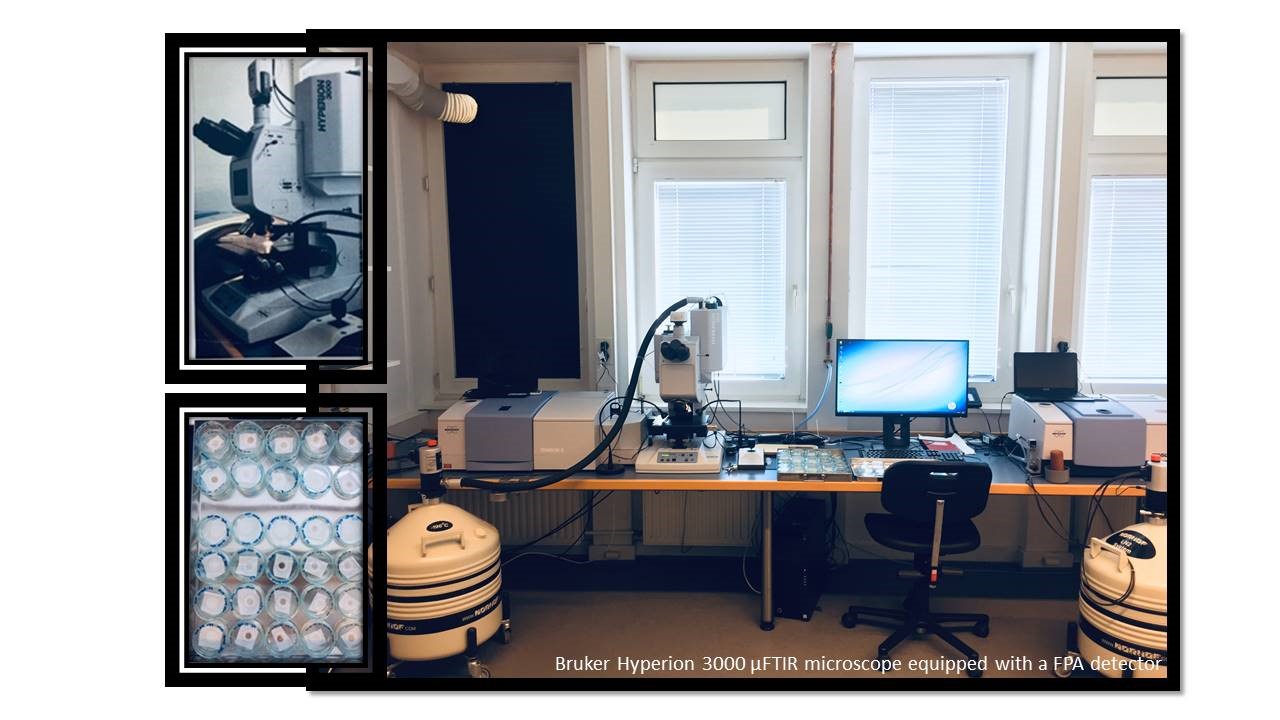Deep-MiPoll
The role of hadal zones in the long-term fate of marine microplastics: Identification of microplastics in the deep sea of the Kuril-Kamchatka Trench, Northwest Pacific
Marine pollution is an intensively investigated research field and especially microplastic pollution is gaining increasing scientific interest. Nevertheless, there are still crucial gaps in knowledge concerning the actual abundance and distribution of marine microplastic as well as its sinks and sources. These gaps are particularly apparent for the greatest coherent habitat on earth: the deep sea. Previous studies mentioned the deep sea as a final sink for marine microplastic (e.g. Woodall et al., 2014), but information about this pollution in the deep sea is very scarce and non-existent for hadal zones (e.g. Fischer et al., 2015).
To specify the role of deep abyssal and hadal habitats in the long-term spatio-temporal distribution of marine microplastic, Deep-MiPoll will investigate microplastic in deep-sea sediment and plankton samples of the Kuril-Kamchatka-Trench, NW Pacific. As samples mostly derived from depths greater than 6000 m, the Deep-MiPoll project will provide initial data of the abundance, composition and distribution of MP in hadal zones.
The following questions will be answered within the Deep-MiPoll project:
- What is the abundance, composition and spatial distribution of MP in the sediments of the study area?
- How is MP distributed in the different layers of the sediments?
- Does the appearance of plastics in the water column correlate with MP pollution of hadal ecosystems?
FISCHER, V., ELSNER, N. O., BRENKE, N., SCHWABE, E. & BRANDT, A. 2015. Plastic pollution of the Kuril–Kamchatka Trench area (NW pacific). Deep Sea Research Part II: Topical Studies in Oceanography, 111, 399-405. http://dx.doi.org/10.1016/j.dsr2.2014.08.012
WOODALL, L. C., SANCHEZ-VIDAL, A., CANALS, M., PATERSON, G. L., COPPOCK, R., SLEIGHT, V., CALAFAT, A., ROGERS, A. D., NARAYANASWAMY, B. E. & THOMPSON, R. C. 2014. The deep sea is a major sink for microplastic debris. R Soc Open Sci, 1, 140317.



